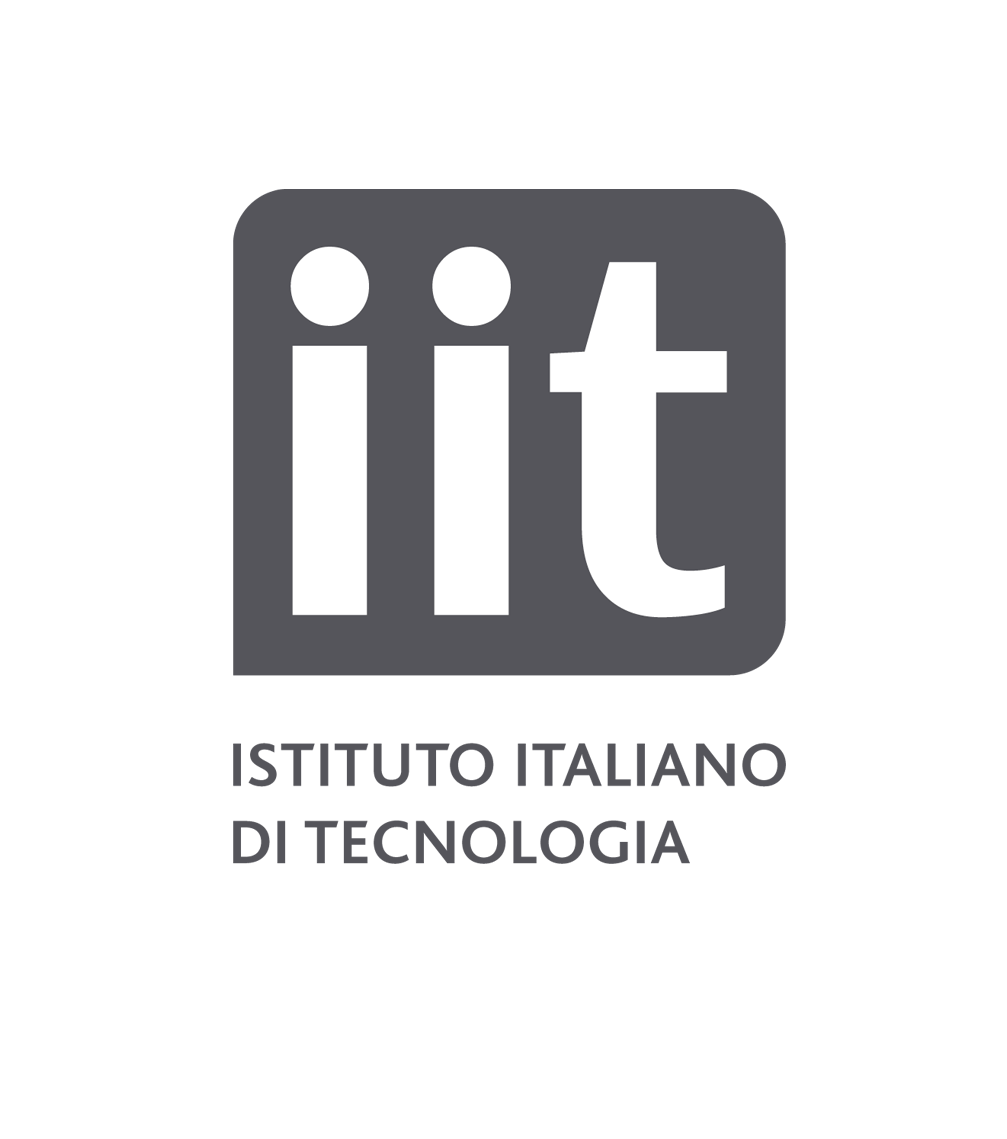Current Positions
Since 1994: Full Professor of Molecular Biology, University of Rome.
Since 2018: Senior Researcher at the Italian Institute of Technology (IIT).
Academic career and research experience
2002: Visiting Professor at the University of Brandeis, Boston – USA (Prof. M. Rosbash),
1994-present: Full Professor of Molecular Biology, University of Rome
1993: Visiting Professor at the University of Boulder, Colorado - USA (Prof. O. Uhlenbeck)
1986-1994: Associate Professor of Molecular Biology, University of Rome
1986: Visiting Professor at the National Institute of Health of Bethesda (USA)
1980-1986: Staff scientist at the Center for Nucleic Acid Research, CNR, Rome, Italy
1985: Visiting Scientist at the University of Zurich - CH (Prof.M. Birnstiel)
1978-1980: Research fellow at the Centro Acidi Nucleici of C.N.R., Rome
1979: EMBO fellow at the European Molecular Biology Laboratory, Heidelberg( - Germany (Dr. M.L. Melli)
1977-78: Post-doctoral fellow - Institute of Molecular Biology, University of Zurich -CH (Prof.M. Birnstiel)
Academic assignments
Since 2020: Honorary Fellow at the School for Advanced Studies of Sapienza University of Rome
2016-2018: Director of the School for Advanced Studies of Sapienza
2007- 2018: Director of the Master Degree in Genetics and Molecular Biology – Sapienza, University of Rome.
2011-2016: Deputy Director of the School of Advanced Studies of Sapienza
2000-2016: Member of the PhD Committee of Sapienza University.
2011-2014: President of the Evaluation Committee of the Faculty of Sciences, Sapienza University of Rome.
2009-2012: Member of the Committee for the Innovation of Research and Technology, Sapienza University
2005-2016: Rappresentative of Sapienza University at the “Consorzio Interuniversitario per le Biotecnologie”.
2007- 2015: Member of the Technical and Scientific Committee of the Consorzio Sapienza Innovazione of the University La Sapienza and of the Italian Federation for Life Sciences.
Non academic engagements
Since 2020: member of the “Scientific Advisory Committee” of the European Molecular Biology Laboratory (EMBL)
2018-present: Member of the “Management Committee” of the Human Technopole.
2018-present: Member of the Advisory Committee dell'Armenise-Harvard Foundation.
2017-present: Member of the Board of the “Museo Nazionale della Scienza e della Tecnologia, Leonardo da Vinci",
Milan.
2015- present: Member of the Scientific Advisory Board of the “Enciclopedia Treccani”.
2012-2018: Review panel member of the Rita Levi-Montalcini “Program on Young Researchers” of the Ministry of Research and University (MIUR).
2016-2018: Member of the National Committee for the abilitation of Full Professors and Associate Professors in Molecular Biology
2016: ERC - Review panel member for ERC, LS3 Consolidator Grants (CoG)
2011-2014: Member of the Review panel member of the membership committee of EMBO
2010-2013: Member of the Scientific Advisory Board of the “Committee of Experts for the Research Policy” (CEPR), consultant of the of the Italian Ministry of University and Research
2009-2012: Member of the Scientific Advisory Board of the Pezcoller Foundation
2005-2008: Member of the Scientific Advisory Board of Armenise-Harvard Foundation
2000-2003: Member of the Scientific Advisory Board of the “Fondazione Chiara D'Onofrio”
Evaluator for: ESF, AERES, Welcome Trust, EMBO, HFSP, Armenise-Harvard Foundation, AFM and several international scientific institutions.
Memberships, honors and awards
- In 2013 was awarded of an ERC-Advanced Grant
- In 2010 was awarded the "Sapienza Ricerca Award"
- In 2008 was invited to give the “Lectio magistralis” for the inauguration of the academic year at Sapienza, University of Rome
- In 2003 and 2006 was awarded two Prizes by the Accademia Nazionale dei Lincei.
- Member of European Molecular Biology Organization (EMBO) and of the "Academia Europaea"
- Member of Italian Society for Biophysics and Molecular Biology
- Member of the “Accademia Medica”
Research projects coordinated:
- European Union - VII Research Framework:
ERC-Advanced Grant - Muncodd
People-MSCA- ITN, RNATRAIN Project
RIGHT, Integrated Project
SIROCCO, Integrated ProjecSP3-
- European Union – Horizon 2020:
2016 -Marie Sklodowska Curie Actions -ITN, “circRTrain”
- European Science Foundation (ESF)
- Human Frontier Science Program (HFSP)
- French Muscular Dystrophy Association (AFM-Téléthon)
- MIUR (PRIN, FIRB)
- Fondazione Telethon
- ARISLA
- Associazione Italiana per la Ricerca Sul Cancro (AIRC)
- Istituto Pasteur, Fondazione Cenci-Bolognetti
- Parent Project ONLUS
- Istituto Italiano di Tecnologie (IIT) –SEED projects
Projects
Currently coordinated research projects:
- H2020 - ERC-2019-SyG
Project: 855923 — ASTRA
“Assembly and phase Transitions of Ribonucleoprotein Aggregates in neurons: from physiology to pathology”
- AIRC –Progetto IG-2019 Id.23053
“Circular RNAs: novel players and biomarkers in tumorigenesis”
- European Union – Horizon 2020:
2016 -Marie Sklodowska Curie Actions -ITN, “circRTrain”
- PRIN 2017
Prot. 2017P352Z4
“Non coding RNAs, new players in gene expression regulation: studying their role in neuronal differentiation and in neurodegeneration”
Previous
- European Union - VII Research Framework:
- ERC-Advanced Grant - Muncodd
- People-MSCA- ITN, RNATRAIN Project
- Fondazione Telethon
- Istituto Pasteur, Fondazione Cenci-Bolognetti
- Arisla
- HFSP
- ASM
Awards
- In 2013 was awarded of an ERC-Advanced Grant
- In 2010 was awarded the "Sapienza Ricerca Award".
- In 2008 was invited to give the “Lectio magistralis” for the inauguration of the academic year at Sapienza, University of Rome
- In 2003 and 2006 was awarded two Prizes by the Accademia Nazionale dei Lincei.
- Member of European Molecular Biology Organization (EMBO) and of the "Academia Europaea"
- Member of Italian Society for Biophysics and Molecular Biology
- Member of the “Accademia Medica”
